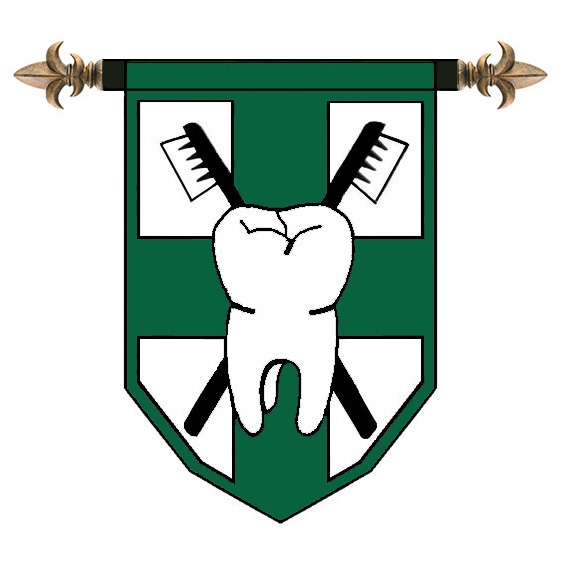
Park
Cities Dental
Care
"The
Art and Science of a Healthy Smile"
![]()


Click to see our free, no-obligation Dallas
TMJ Dentist Report.
Dr. Hibbs now provides the new NTI
bruxism/clenching suppression appliance. A very effective treatment for
bruxism and migraines!
What is the Temporomandibular
Joint?
The temporomandibular joint (TMJ) is a joint that slides
and rotates just in front of your ear, consisting of the temporal bone
(side and base of the skull) and the mandible (lower jaw). Mastication
(chewing) muscles connect the lower jaw to the skull, allowing you to move
your jaw forward, sideways, and open and close.
The joint works properly when the lower jaw and its joint (both the right and left) are synchronized during movement. Temporomandibular Disorder (TMD) may occur when the jaw twists during opening, closing or side-motion movements. These movements affect the jaw joint and the muscles that control chewing.
What is Temporomandibular Disorder?
TMD describes a variety of conditions that affect jaw muscles, temporomandibular
joints, and nerves associated with chronic facial pain. Symptoms may occur
on one or both sides of the face, head or jaw, or develop after an injury.
TMD affects more than twice as many women than men and is the most common
non-dental related chronic orofacial pain.
What causes TMD?
Normal function for this muscle group includes chewing, swallowing,
speech and communication. Most experts suggest that certain tasks, either
mental or physical, cause or aggravate TMD, such as strenuous physical
tasks or stressful situations. Most discomfort is caused from overuse of
the muscles, specifically clenching or grinding teeth (bruxism).
These excessive habits tire the jaw muscles and lead to discomfort, such as headaches or neck pain. Additionally, abnormal function can lead to worn or sensitive teeth, traumatized soft tissues, muscle soreness, jaw discomfort when eating, and temporal (side) headaches.
What TMD symptoms can I experience?
An earache without an infection
Jaw pain or soreness that is more prevalent in the morning or late afternoon
Jaw pain when you chew, bite or yawn
Clicking when opening and closing your mouth
Difficulty opening and closing your mouth
Locked or stiff jaw when you talk, yawn or eat
Sensitive teeth when no dental problems can be found
What can I do to treat TMD?
The majority of cases can be treated by unloading (resting) the
joint, taking a non-aspirin pain reliever and practicing stress management
and relaxation techniques. It's important to break bad habits to ease the
symptoms. Most treatment for TMD is simple, often can be done at home,
and does not need surgery. For example, control clenching or grinding during
the day by sticking your tongue between your teeth. If you still experience
pain, you may be grinding or clenching your teeth at night. So see your
dentist for a nighttime mouthguard such as the NTI appliance.
Most people will experience relief with minor treatment. More severe cases may be treated with physical therapy, ice and hot packs, posture training and orthopedic appliance therapy (splint). Eating soft foods and avoiding chewing gum also help relax the muscles.
Is TMD permanent?
The condition is often cyclical and may recur during times of stress,
good or bad. As the patient, you should be active in your treatment, by
being aware of the causes of your jaw problems after seeing a dentist for
a diagnosis regime. Make routine dental appointments, so your doctor can
check TMD on a regular basis.
Dr. Hibbs now provides the new NTI bruxism/clenching suppression appliance. A very effective treatment for bruxism and migraines!